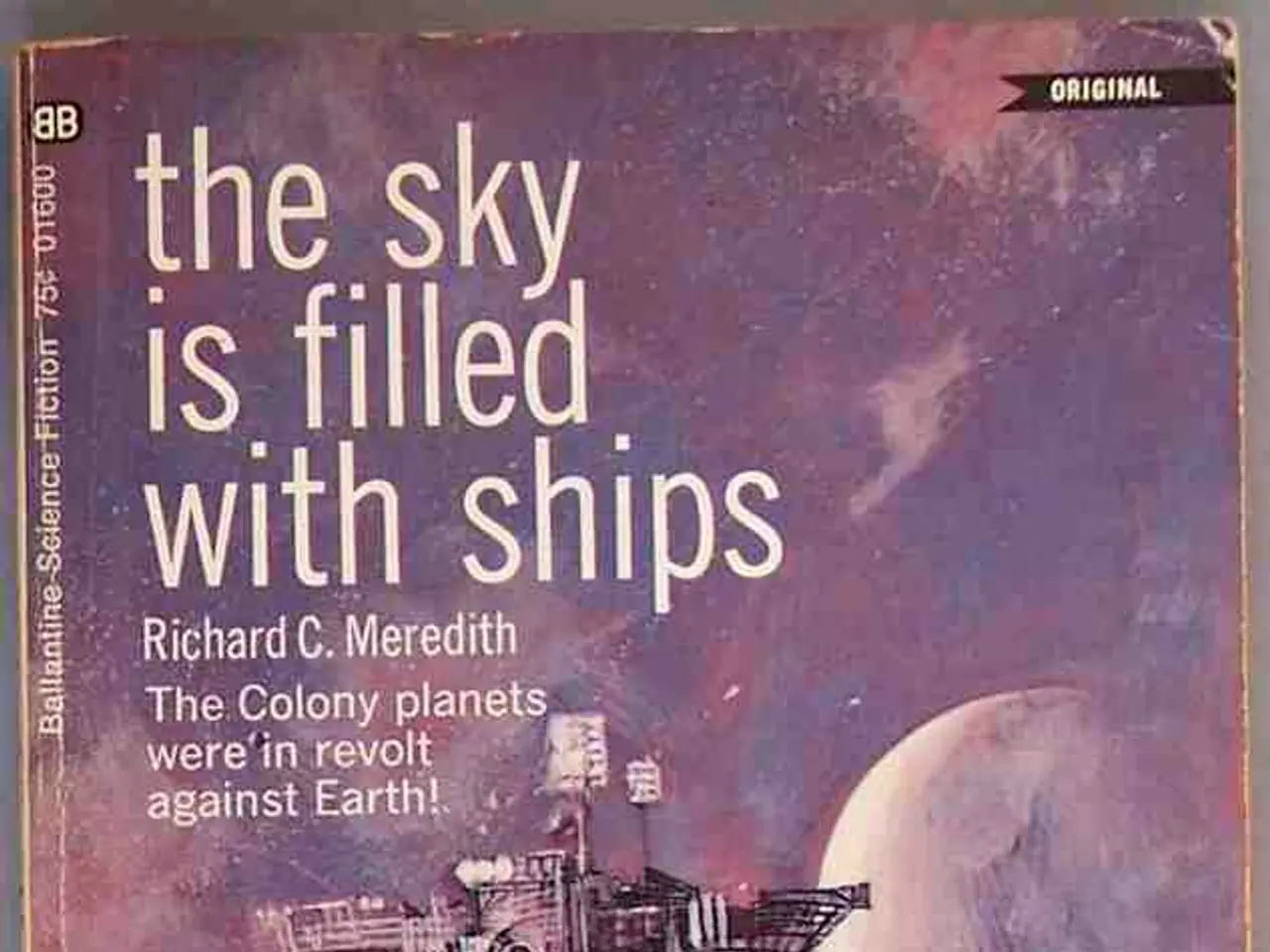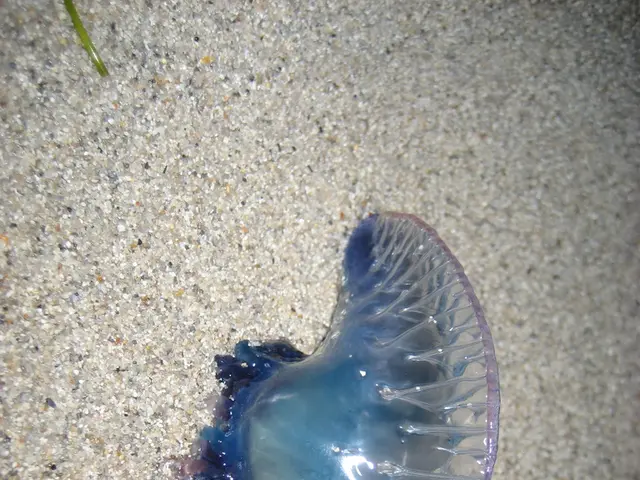Record-breaking sale of massive Martian stone at auction for approximately 5.3 million US dollars
The largest known piece of Mars on Earth, NWA 16788, has made headlines after it was sold at Sotheby's New York auction for an impressive $5.3 million. The meteorite, weighing approximately 24.67 kilograms (54.4 pounds), was discovered in November 2023 in the remote Agadez region of Niger[1][3].
This monumental specimen, which is about 70% larger than the next largest piece of Mars found on Earth, represents approximately 6.5% of all known Martian material currently on our planet[1][3][4]. Its origin involves being ejected from the Martian surface by a massive asteroid impact, then traveling approximately 140 million miles through space before crashing to Earth[1][3].
NWA 16788 serves as a geological time capsule, offering deep insights into the geological processes that shaped Mars billions of years ago. Martian meteorites are extremely rare, with only around 400 identified Martian meteorites among more than 77,000 recognised meteorites on Earth[1][3][4].
The sale of NWA 16788 at Sotheby's New York auction far exceeded the expected range of $2 million to $4 million[1]. The identity of the buyer has not been publicly disclosed by Sotheby's, so the current exact location or ownership is private[1].
Steve Brusatte, a professor of paleontology and evolution at Scotland's University of Edinburgh, expressed concern that NWA 16788 might end up in the vault of an oligarch and advocated for it to be in a museum for public access[2]. Julia Cartwright, a planetary scientist and Independent Research Fellow at the University of Leicester, England, highlighted the symbiotic relationship between researchers and collectors in the field of meteorite study[2].
Analysis of NWA 16788's internal composition suggests it was removed from the Martian surface by an asteroid impact and turned into glass[1]. A glassy crust can be seen on the meteorite's surface, formed as it hurtled through Earth's atmosphere[1]. A reference sample from NWA 16788 has been saved at the Purple Mountain Observatory in China[1].
Julia Cartwright believes that the scientific interest in NWA 16788 will remain, and the new owner may be interested in learning from it, potentially leading to further scientific study[2]. Cassandra Hatton, vice chairman of science and natural history at Sotheby's, described NWA 16788 as a "discovery of extraordinary significance"[1].
Meteorites are remnants of comets, asteroids, or meteoroids that survive passage through the Earth's atmosphere. The sale of NWA 16788 at Sotheby's New York auction has not yet been specified. The final sale price of NWA 16788, including taxes and fees, has been updated in this story.
References: [1] https://www.sothebys.com/en/news-video/press-releases/2025/07/nwa-16788-the-largest-known-piece-of-mars-on-earth-sells-for-5-3-million-at-sothebys-new-york-auction [2] https://www.bbc.co.uk/news/science-environment-57648802 [3] https://www.theguardian.com/science/2023/nov/21/largest-known-piece-of-mars-on-earth-found-in-sahara-desert [4] https://www.nature.com/articles/s41586-024-05221-9
- The scientific community, particularly those focused on planetary science and health-and-wellness, are intrigued by NWA 16788, a valuable piece of Mars, as it offers insights into Mars' geological history and may aid in understanding potential health risks associated with Martian materials.
- With the sale of NWA 16788, the new owner, who has significant resources, could contribute to space-and-astronomy research, potentially collaborating with scientists to advance our knowledge of Mars and the universe.




